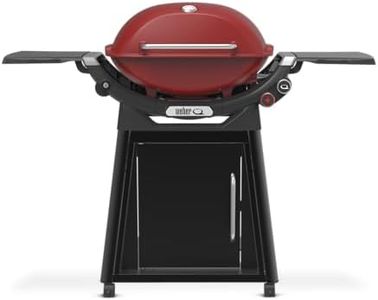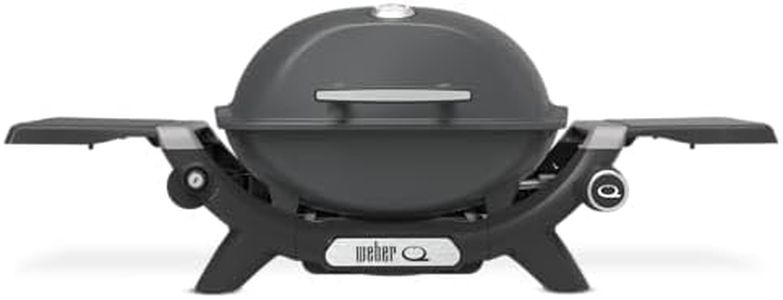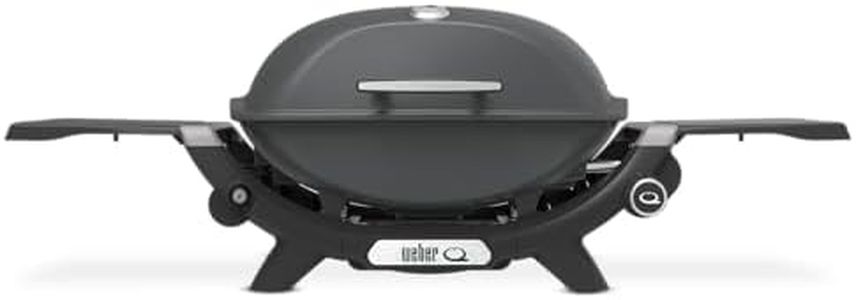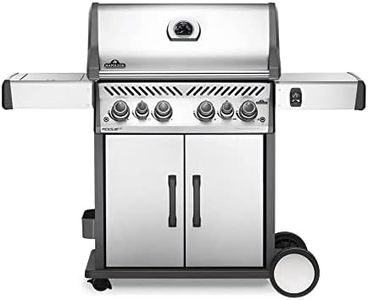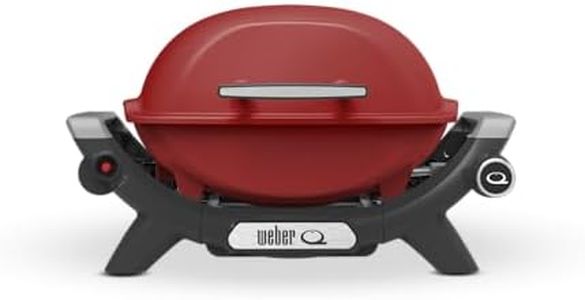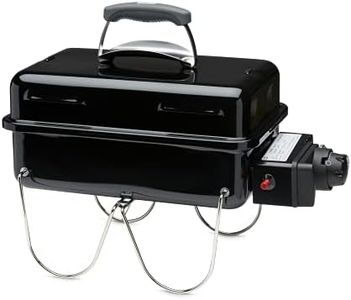We Use CookiesWe use cookies to enhance the security, performance,
functionality and for analytical and promotional activities. By continuing to browse this site you
are agreeing to our privacy policy
8 Best Gas Grills
From leading brands and best sellers available on the web.Buying Guide for the Best Gas Grills
Choosing a gas grill can seem overwhelming, but it's all about matching your cooking needs and lifestyle with the right features. Start by considering how often you plan to grill, the typical group size you're cooking for, your available outdoor space, and your interest in extra features versus simplicity. Understanding the key specifications will help you find a grill that delivers great results, is easy to use, and will last for years.Cooking AreaThe cooking area is measured in square inches and tells you how much food you can cook at once. If you usually grill for just one or two people, a small grill with less cooking area will be easier to manage and more fuel-efficient. For large families or regular entertaining, look for a larger cooking area so you can prepare more food in one go. Think about the usual crowd you cook for and choose a size that matches your needs without being oversized.
Number of BurnersBurners provide the heat for grilling, and the number of burners affects cooking flexibility. Two-burner grills are compact and work well for smaller meals, while three or four burners let you create different heat zones for grilling different foods at once, or can handle larger groups. If you want to experiment with indirect cooking or often grill a variety of foods, more burners give you more options. Choose based on how varied and complex your grilling sessions tend to be.
BTUs (British Thermal Units)BTUs measure the total heat output of the grill. A higher number isn’t always better—a well-designed grill uses heat efficiently, so look for a balance instead of just chasing the biggest number. For small grills, lower BTUs can be enough, while larger grills need more to cover the extra space. If you regularly grill thick cuts or want quick heating, a higher BTU rating within reason is useful, but don’t compromise on build quality.
Build MaterialThe materials used in the body, grates, and burners of a grill influence durability, maintenance, and heat retention. Stainless steel is rust-resistant and long-lasting, while enamel-coated steel is common and usually more affordable. Cast iron grates hold heat well but need more care. Choose materials that match your climate (humid areas need rust-resistant finishes) and how much effort you’re willing to put into cleaning and upkeep.
Ignition SystemThe ignition system lights your grill, and common types are push-button or electronic ignition. A reliable ignition means faster, safer starts every time. If you grill often and want convenience, go for a grill with a proven, easy-to-use ignition system to avoid frustration. If grilling only occasionally, a basic ignition may suffice as long as it's consistent.
Side Burners and Extra FeaturesSome grills come with extras like side burners, warming racks, or rotisserie attachments. Side burners are handy for cooking sauces or sides, while warming racks keep food hot without overcooking. Rotisserie kits open up cooking options. Think about your cooking style—if you prefer basic grilling, you may not need these extras, but they can be a great advantage if you like variety or want to expand what you cook outdoors.
Portability and SizePortability and overall size matter if you have limited outdoor space or want a grill for travel or camping. Compact or foldable grills can be useful if you move them often, while built-in or larger stationary grills are suited for permanent outdoor kitchens. Choose a size that fits your outdoor area and storage needs, and consider how often you’ll need to move your grill.
